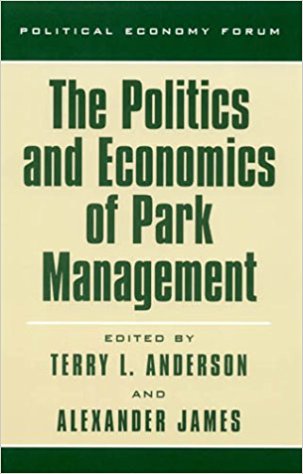
The Politics and Economics of Park Management
-
Terry Anderson
Terry L. Anderson is the former president and executive director of PERC, and the John and Jean De Nault Senior Fellow at the Hoover Institution, Stanford University.
-
The Endangered Species Act: Hotel California for Wildlife
This special episode of A Voice for Rural America explores how the ESA could be reformed to achieve better recovery outcomes for listed species.
-
Quibbling While the West Burns
In a world where bureaucracy moves slow and wildfires move fast, it’s little surprise that fire keeps winning.
-
Western Rangelands Are Overpopulated With Wild Horses. The East Can Help.
Easterners can offer a lifeline to wild horses, helping to rehabilitate Western ecosystems and ensure the well-being of these majestic animals.



